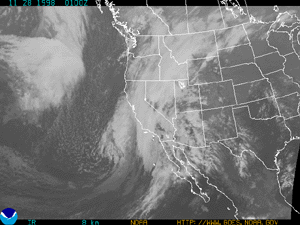Operation pass 28-1UTC Date: 11/28/98 | ||||||||||||||||||||||||||||||||||||||||||||||||||||||||||||||||||||||||||||||||||||||||||||||||
Tape Start Time: 0:51 |
||||||||||||||||||||||||||||||||||||||||||||||||||||||||||||||||||||||||||||||||||||||||||||||||
| T-Time: 1:03 | ||||||||||||||||||||||||||||||||||||||||||||||||||||||||||||||||||||||||||||||||||||||||||||||||
| Tape Stop Time: 1:16 | ||||||||||||||||||||||||||||||||||||||||||||||||||||||||||||||||||||||||||||||||||||||||||||||||
|
|
||||||||||||||||||||||||||||||||||||||||||||||||||||||||||||||||||||||||||||||||||||||||||||||||
|
Spectrograms |
||||||||||||||||||||||||||||||||||||||||||||||||||||||||||||||||||||||||||||||||||||||||||||||||
|
Wave files
|
||||||||||||||||||||||||||||||||||||||||||||||||||||||||||||||||||||||||||||||||||||||||||||||||
Data Log sheet | ||||||||||||||||||||||||||||||||||||||||||||||||||||||||||||||||||||||||||||||||||||||||||||||||
|
Note: The data was analyzed at home on the computer. The time logged is taken from the counter on the Windows Media Player display. Counter time format: MM:SS
|
||||||||||||||||||||||||||||||||||||||||||||||||||||||||||||||||||||||||||||||||||||||||||||||||
|
Note from the field
|
||||||||||||||||||||||||||||||||||||||||||||||||||||||||||||||||||||||||||||||||||||||||||||||||
|
On this mission we were a little more prepared, the data taking was a success, we accomplished what we set out to do. The weather was a little bit threatening but somehow it avoided raining on our site, it was close, we could smell the rain in the air and it was a bit windy and cold. Here are some images of the weather front that was moving in on us:
What did we do at the site? As usual, we recorded the Operation 28-1 pass, it went very
smoothly compared to the last Operation. This mission we did some
experiments with several different things. We recorded this
operation using ac powered equipment, a Honda 500 watt generator
(Thanks to our new team member Ron Hunt for use of his generator)
was running everything except the VLF Receiver. We used a Sony
TC-KE500S for recording the Operation on cassette tape and a 200 mhz
desktop computer to record the Operation in digital form, both
methods worked very well. It was really neat to run the latest
spectrogram program at the site, We were displaying live VLF or
scanning as it's called in the program. It looked really neat-o on
the 17" monitor at the site. |
||||||||||||||||||||||||||||||||||||||||||||||||||||||||||||||||||||||||||||||||||||||||||||||||
|
|
||||||||||||||||||||||||||||||||||||||||||||||||||||||||||||||||||||||||||||||||||||||||||||||||

